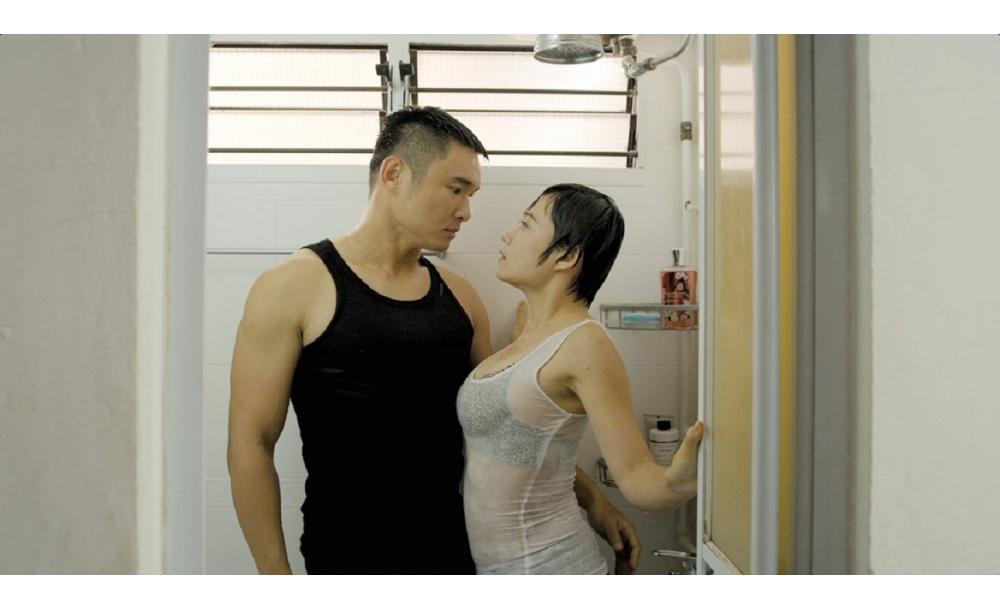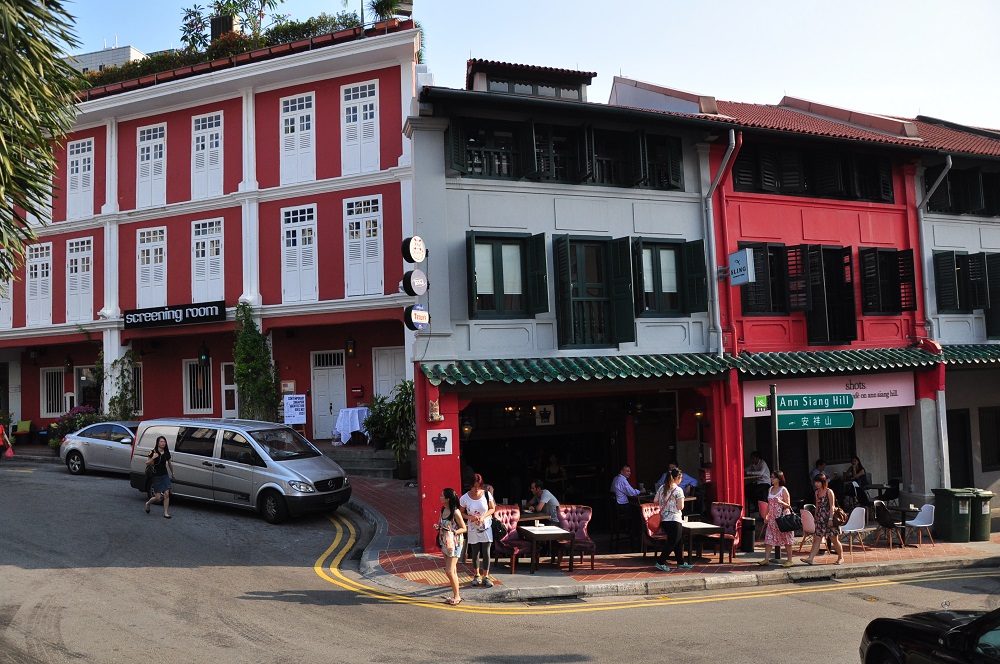On the surface, our local visual arts scene seems to have most things down pat. Our local museums are some of the most active in the region (if not the world), with the Singapore Art Museum (SAM) putting on an average of 10 mid-sized shows and one blockbuster show annually; there are a slew of major international art fairs and exciting exhibitions like the Singapore Biennale 2011, Art Stage Singapore and Affordable Art Fair coming up over the next couple of months (see page 8 for full lineup), we have an abundance of commercial art spaces that are doing fairly well with some fantastic periodic exhibitions like the Art Beyond Limits show at Opera Gallery featuring original of-the-moment works by international art stars like Mr. Brainwash (who’s being touted as the new street art star after Banksy) and Damien Hirst; heck we even have quite a few underground indie art spaces in the mix. So just what are we not doing right?
In a crowded and competitive scene such as ours, perhaps it is not enough just to have a few good shows taking place periodically. We need to have big blockbuster shows on a more regular basis to build a more sustained hype and buzz for the scene. For the recent Artists’ Editions for PARKETT show which took place in May at the Singapore Tyler Print Institute (STPI), for example, and featured works by international art stars such as Damien Hirst, Anish Kapoor, Jeff Koons, Andy Warhol, Maurizio Cattelan and Richard Prince—the gallery reported a record 12,000 visitors, “the highest number of visitors for a summer exhibition in the history of STPI,” according to its curator Nor Jumaiyah. “Though the show was a very unconventional format featuring contemporary artists’ editions as interactive sound pieces, installations, videos and objects, the numbers are indicative of the appetite for more interesting contemporary artworks.”
Which is why we welcome blockbuster international art events like Art Stage, which will take place at the Marina Bay Sands in January next year under the artistic direction of fair director Lorenzo Rudolf, who previously helmed Art Miami and Art Basel. One of the highlights will be the photographic artworks by American photographer David LaChapelle (see main picture above) which will certainly draw not just regular artgoers, but trendsetters, design students, fashion followers, photographers and even curious passersby with its striking yet accessible images. “The arts scenes in Europe and the US are more open and function as an integrated community; while Asia might be developing very fast, the market remains fragmented with many individuals doing their own things, especially in Japan, Australia and much of Southeast Asia,” says Rudolf. “Singapore especially, is still conservative and a bit hesitant compared to cities like Beijing, Shanghai, Hong Kong, Mumbai or even Jakarta. The local market has to be opened up and brought together, and this is only possible through top international art fairs like Art Stage. During my tenure at Art Basel for example, the fair transformed from what had been a normal trade show into a template of what art fairs are today, which includes sponsorships, special marketing initiatives targeted at VIPs, and of course, lots of glitz and glamour with social events built around the fair. With globalization, the art world should become a lifestyle.”
Learn more about the city’s most interesting and promising visual artists and arts collectives.
The upcoming Singapore Biennale will be the next big art event to look out for, although compared to the last two editions which featured more well known names like Jenny Holzer and Shigeru Ban, the 2011 edition seems a tad tepid and obscure with no major artists headlining.
“There is no one common thread that runs through the selected artists for the Biennale show,” says Tan Boon Hui, director of the SAM, which is organizing the Biennale. “Instead, there will be an eclectic mix of artists and works that the curatorial team, led by Matthew Ngui, hopes will engage the public on a much broader level. When selecting artists, they are interested in looking at the entire process of art-making; from sowing the seeds of thought, to negotiations with the curatorial team, to the artists’ own research and practice and the use of the spaces available; the curatorial intention is to assist the artists in pushing boundaries and in germinating ideas.”
While we’re all for generating and building more new content for the local art scene, we wonder if such a curatorial process might actually inspire further insularity among our artists, artsgoers and the art scene overall. After all, to create a more sustained and tangible scene, it is as important to appeal and cater to the masses as it is to assist the artist. One of the other alternatives might then be for us to build more local art superstars whom we can call our own from the ground level up. See previous page for a list of our most interesting artists. Some, including art-design collective :Phunk Studio, multi-disciplinary artists Ming Wong and Zai Kuning, and performance artist Lee Wen, are already lauded in their various fields in cities such as Venice, New York and Berlin. But they are few and far between and remain mostly on the periphery of a segmented or targeted art market and out of the (local) mainstream scene. Hands up if you’ve actually heard of Lee Wen, a Cultural Medallion recipient who’s well regarded for his Yellow Man performance works—thought so.
Save the date: Check out the city’s best ongoing and upcoming art shows.
“Hype is manufactured by the media and market, but it’s a concrete manifestation of the things happening on the ground,” says Mayo Uno Martin, arts reporter for TODAY. “You can’t create excitement out of nothing, but you can magnify. The allure of contemporary Chinese art is not just about the art per se but everything that surrounds it. Even Jap art star Takashi Murakami’s Superflat works came at a time when there was a growing obsession with Japanese pop culture,” he adds.
So perhaps generating more buzz for our local visual artists and championing them on the same pedestal as bigger international art stars might just be the next big step forwards. “I think there are really good Singaporean artists, but they can only grow if they’re put in competition with the rest of the international artists and not overly protected,” says Art Stage’s Lorenzo Rudolf. “Singapore has artists who absolutely have the talent to go onto the international level, but the city also has to open doors for international artists and galleries to bring them into a dialogue. Singapore has a habit of over-protecting its artists, and I don’t think that it helps them in the long run.”





